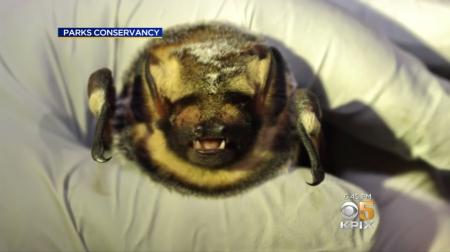Monarchs on the Move

It's time for the Western Monarch Mystery Count! Show your love for monarchs by contributing your butterfly sightings or taking another suggested action below! Image by One Tam.
We've seen encouraging news for the monarch butterfly as the population numbers from annual community science counts are coming out. The Xerces Society's 2022 Thanksgiving Count yielded over 330,000 individuals counted at overwintering sites across coastal California. This represented a big bounce since historic lows in 2020.
We can't say for sure if this means that the western monarch butterfly is on the rebound, as the bounciness of butterfly populations could be due to many factors, and this year's count is still far lower than the couple million we know to historically migrate through the state. Plus, we are still awaiting the results of the annual New Year's community science count, and are unsure at this time how the December-January storms may have affected overwintering butterflies. It does mean we need to keep taking action to support the monarch butterfly.
What can we do at this time of year as winter wanes toward spring? Right now, monarchs are on the move. They are dispersing inland in search of breeding habitat (milkweed!), and are also in need of nectar plants to fuel their journey. In fact, we don't know much about where exactly monarchs go once they leave overwintering sites, and where the first generations are born. Here are some ways you can get involved in supporting monarchs right now:
See a monarch? Share a photo! So you know about the Thanksgiving and New Year's community science counts, but did you know there is a third opportunity each year to help document monarch butterflies? It's time for the Western Monarch Mystery Count, where we help fill in that information gap about what monarchs do as they depart overwintering sites. The count runs February 14-April 22, 2023. There are several ways to participate:
- Share on the iNaturalist app
- Share to Western Monarch Milkweed Mapper
- Email it to MonarchMystery@wsu.edu with the date and location
Garden with monarchs in mind: Monarchs are on the move inland, looking for milkweed for breeding and nectar plants for food. If you live 5 miles or more from the coast, you are in the range of breeding habitat, so plant native milkweed plus native nectar plants that bloom in the spring. In addition, reduce or eliminate pesticide use on your property. Get plant lists and more gardening guidance here.
If you already have a milkweed patch, keep an eye out for butterfly activity - you might see adults, caterpillars, and even tiny eggs - you can enter these in the Western Monarch Mystery County as shown above.
Attend an upcoming event:
- One Tam will be hosting a late winter/early spring monarch update - keep an eye on our calendar to see when it's announced.
- Return of the Western Monarch Exhibition, Marin Art and Garden Center - a photographic exhibition and scientific roadmap for protecting the monarch butterfly. March 17 through April 30, 2023.
Learn more:
See how One Tam is helping the monarch butterfly and get a list of resources for learning more about monarchs here.
March 2023 Update:
The Xerces Society released results from the 2023 New Year’s count in early March. They report that, likely due to multiple factors including the winter storms, “Western monarchs experienced a 58% seasonal decrease between the Thanksgiving and New Year’s counts…Although the overall number of western monarchs counted for the New Year’s count remains relatively high compared to recent years — with more than 116,000 butterflies reported — the 58% seasonal decrease exceeds the typical range of 35–49% observed over the previous six winters.” Learn more and see the data here.
While it’s fortunate the storms happened during a year the population bounced upward, we are reminded that there is more work to do. We are grateful to the community science volunteers who provide crucial information for conservation efforts.

